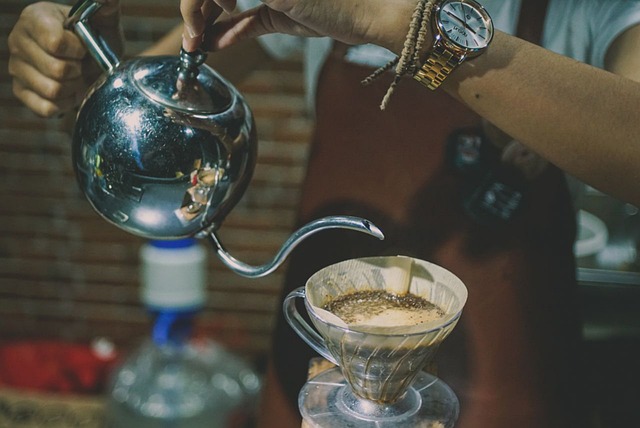Brewing great coffee at home has never been easier. We blow this trumpet a lot at Raj’s Coffee, but that’s only because it’s a truth worth repeating. We live in a time where the quality of home coffee is at an all-time high. Some of that can be attributed to the proliferation of great brewing devices. Some credit must be given as well to the growing coffee influencer space. This is all to say that there has never been a better time to learn how to brew great coffee at home.
In this article, we’ll cover the four factors of extraction that we think are the most important to know. Learning how to control for these factors – brew ratio, grind size, water quality, and water temperature – will have tremendous impact on your coffee, no matter what device you brew with. Consider these four factors the building blocks of brewing.
A note: we must give credit to Jessica Easto’s extremely helpful book Craft Coffee: A Manual for providing the framework we use here. Easto’s book covers brewing basics, includes some recommendations for home equipment, goes over the basics of roasting, and features a lot of helpful recipes. We highly recommend it!
#1: Brew Ratio
Let’s start with brew ratio. This term refers to the amount of coffee grounds you use compared to the amount of water. Coffee professionals tends to express this relationship measured with grams. For example, a very common brew ratio is 1:16, meaning 1 gram of coffee for every 16 grams of water.
A lot of coffee packaging suggests you measure with tablespoons. But we recommend you measure everything by weight, not by volume. This may sounds like a needless complication, but measuring by weight will get you more consistency. This is because individual coffee beans differ in weight. Instead of counting how much space beans take up, you should count the total weight of the beans.
Different brewers can accommodate different brewing ratios. Some, like the AeroPress, can comfortably handle a 1:12 ratio. However, most brewers will get you the best coffee at somewhere between 1:14 and 1:17. Deciding which ratio to use on your device is a great first step to building an excellent brew.
 #2: Grind Size
#2: Grind Size
The size of your coffee grounds determines how easily water penetrates them. The more easily water can penetrate grounds, the more flavor the water can extract.
If you break up beans into smaller pieces, you increase their surface area. Finer grounds, that is to say smaller grounds. will yield greater overall surface area, and thus higher yield of flavor. Finer grounds also have less space between them for water to move between, meaning that water will move more slowly through finer grounds. In other words, the finer your grounds, the longer the contact time. The greater surface area and longer contact time together mean that the finer your grounds, the higher the yield.
However, just because you have finer grounds does not necessarily mean better coffee. For example, recipes for the French press almost always recommend coarser grounds because of how much contact time the water has with grounds. If you immerse the grounds for too long, your coffee will be thick, sludgy, and over-extracted. Just like with brew ratio, most brewers have a sweet spot for grind size.
Unfortunately, grind size is much harder to track consistently than brew ratio. Different grinders use different measurements, and the numbers on the measurement often don’t match up between grinders. In this instance, we recommend you stick to your grinder of choice and simply use it as your measure of consistency.
#3: Water Quality
Do you have good water? You may be surprised how much this question matters with coffee brewing. But think about it. Coffee has two ingredients: coffee and water. Starting with good beans and grinding them to a good size certainly matters. But your water matters just as much.
When we talk about water quality, we’re talking about the chemical makeup of your water. It’s very common for home brewers to simply use the water from their tap. But depending on where you live, and the cleanliness of your tap, this may not be a great idea. Unless you’re confident that your water tastes clean and pleasant on its own, we recommend you at the very least filter your water.
There are a number of products out there that promise to bring your water to an ideal chemical state for brewing, like Third Wave Water. If you so choose, these offer a rabbit hole to go down. But for the purposes of easy, consistent home brewing, we recommend you filter your water.
#4: Water Temperature
Quality matters a great deal. You don’t want your coffee tasting of minerals. But just as important is the temperature of your water. We’ve actually featured several articles already on the importance of water temperature. But if you’d rather go into that much detail just yet, here’s the gist. Water extracts flavor best at certain temperatures. Generally speaking, that ideal temperature range is somewhere slightly below boiling. Think 195-205 degrees Fahrenheit, although this can change slightly depending on the coffee’s roast level.
In order to track your water temperature, we recommend you use a thermometer. This prevents you from having to measure based on time off of a boil. A simple kitchen thermometer works just fine, although we’d be lying if we said we didn’t enjoy using temperature-controlled kettles. These are certainly more expensive, so if you’re brewing on a budget, go with the kitchen thermometer.
Conclusion
These four factors – brew ratio, grind size, water quality, and water temperature – are all easily measured and easily controlled. And each one of them is foundational to brewing consistently great coffee at home, even if you’re not able spend a lot of money on extra devices like temperature-controlled kettles. Knowing how to measure for them and adjust based on your preference is the key to making your very own café-quality coffee. Whether you’re trying out a French press, an AeroPress, a Moka pot, a pour-over, or even just an ordinary automatic brewer, we hope that these building blocks help you brew excellent coffee at home.
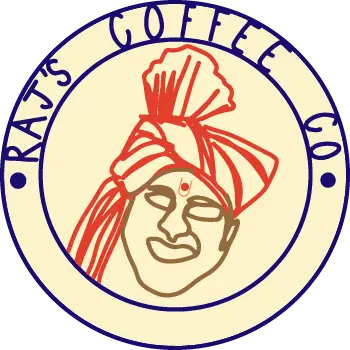
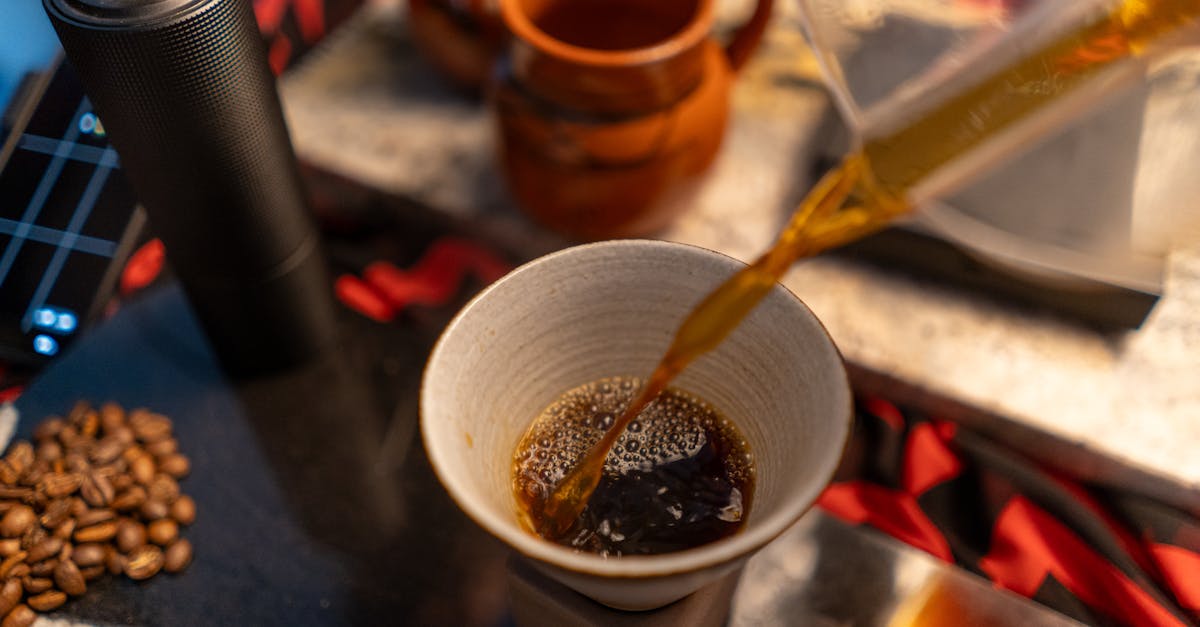
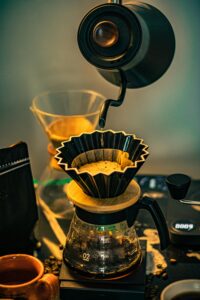
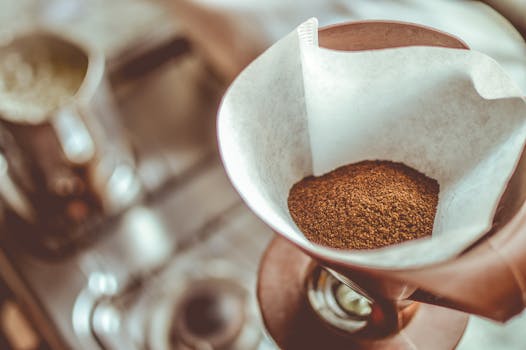 #2: Grind Size
#2: Grind Size